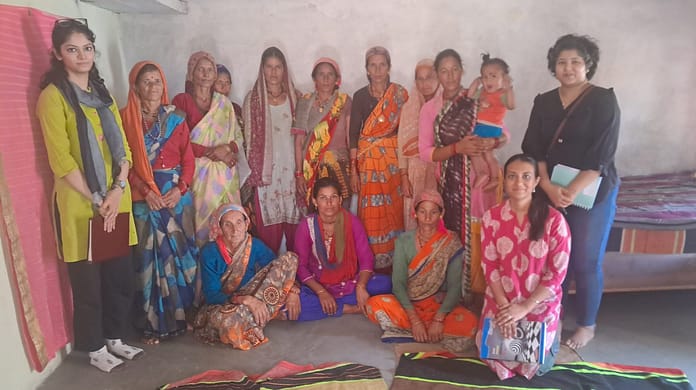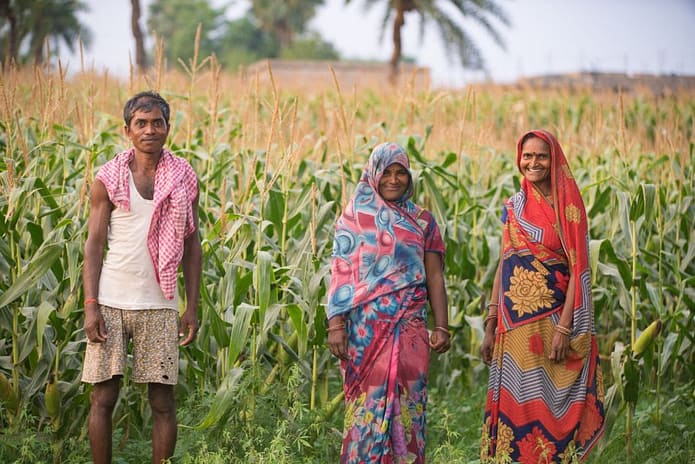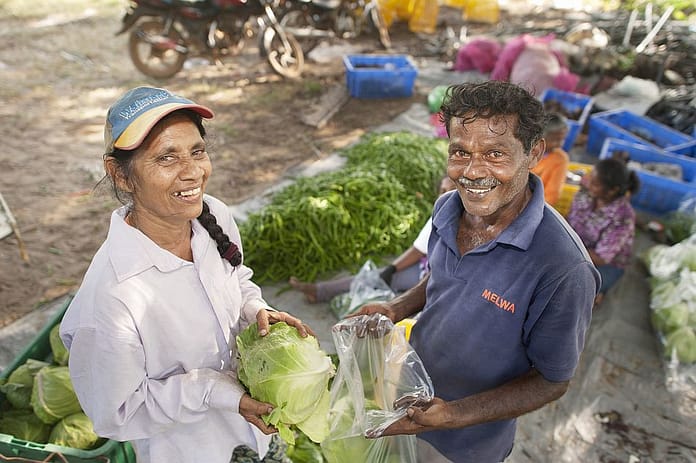By Kashi Kafle, Researcher – Economist: Impact Evaluation & Impact Assessment

Governments in developing countries are increasingly implementing programs to increase rural incomes and employment to reduce rural-urban migration. However, recent research conducted by the International Water Management Institute (IWMI), in collaboration with the International Food Policy Research Institute (IFPRI) and the International Fund for Agricultural Development (IFAD), finds that the poorest are likelier to migrate when increases in incomes are accompanied by increases in local income inequalities.
The International Organization for Migration (IOM) estimates that sub-Saharan Africa (SSA) had the fastest growth in internal and international migrants between 2010 and 2019. Two major reasons for rural-urban migration are low profitability of agriculture and lack of employment opportunities in non-agricultural sectors in rural areas. The rapid increase in rural-urban migration has put pressure on urban infrastructure and resources, and reduced the supply of agricultural labor in rural areas. Consequently, policy responses have primarily focused on improving livelihoods by increasing household consumption (a proxy for income) and asset accumulation as a means of reducing migration. Yet, while improving incomes is necessary, it may not be sufficient for addressing the challenge.
Analysis of data collected through the Living Standards Measurement Survey – Integrated Surveys on Agriculture (LSMS-ISA) finds that lower rates of migration were observed in communities with less consumption inequality. Consumption inequality shows a disparity in the level of household consumption expenditure. For example, in a community, consumption inequality increases if the gap between the highest and the lowest level of household consumption expenditure rises. The research highlighted that a 10% increase in consumption inequality in the local community increased the number of migrants per household by 1% in Tanzania, Nigeria and Uganda, and by 3% in Malawi and Ethiopia. Migration was not uniform across different subgroups of population. For the same increase in consumption inequality, migration was more common among rural, agricultural, male-headed households, and households with younger people (15-35 years).
So, paradoxically, migration increased as consumption levels rose among the poorest households. Migration is expensive and improvements in income among the poorest households can help to cover costs. This provides one explanation of increased rural-urban migration where, in parallel, poverty reduction programs have intensified.
The findings of the research suggest that rural transformation programs need to focus on reducing local inequalities along with increasing incomes. Doing so requires the implementation of programs that increase capacities and capabilities of rural farmers for production, processing and marketing of agricultural products, along with targeted employment generation programs that cater to the needs of different age and gender subgroups. Additionally, programs targeted at rural agricultural households as well as households with more younger people might be more effective in slowing the migration flows.
Read the article:
Kafle, K.; Benfica, R.; Winters, P. 2020. Does relative deprivation induce migration? Evidence from sub-Saharan Africa. American Journal of Agricultural Economics. https://doi.org/10.1002/ajae.12007
















